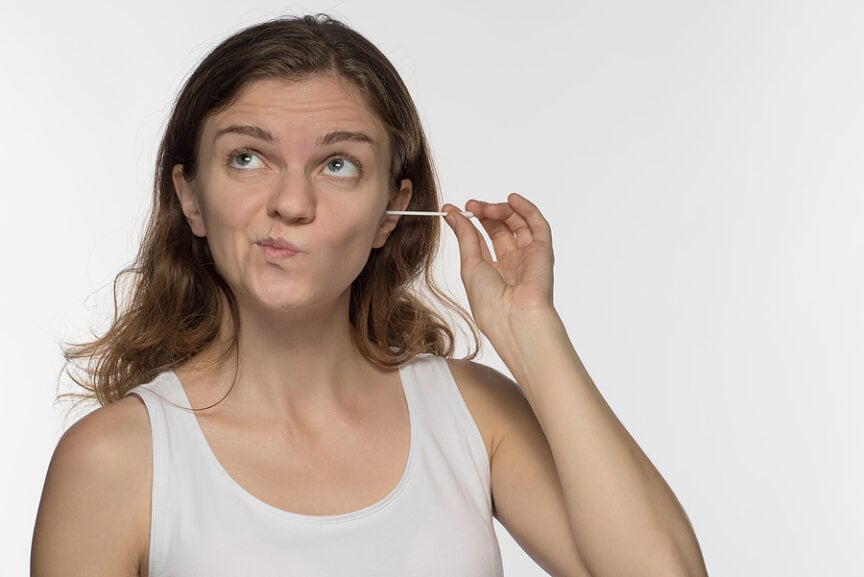Earwax, also known as cerumen, is a natural substance produced by the glands in the ear canal. While it may not be the most glamorous topic of discussion, earwax plays a crucial role in maintaining ear health and protecting the delicate structures of the ear. We’ll explore everything you need to know about earwax, from its purpose and composition to tips for safely managing it.
Purpose of Earwax
One of the primary functions of earwax is to protect the ear canal and eardrum from foreign particles, dust, and microorganisms. Earwax acts as a barrier, trapping debris and preventing it from reaching the delicate structures of the inner ear. Additionally, earwax helps lubricate the ear canal, keeping it moist and preventing dryness and irritation.
Composition of Earwax
Earwax is composed of a combination of secretions from the ceruminous glands in the ear canal, as well as dead skin cells and hair. The consistency and color of earwax can vary from person to person, ranging from soft and yellowish to dry and grayish. Factors such as age, genetics, and environmental conditions can influence the production and composition of earwax.
Types of Earwax
There are two primary types of earwax wet earwax and dry earwax. Wet earwax is more common in individuals of African and European descent and tends to be soft and yellowish in color. Dry earwax, on the other hand, is more common in individuals of Asian descent and is typically grayish and flaky in texture.
Safe Earwax Management
While it’s natural for the ears to produce earwax, excessive buildup can sometimes occur, leading to discomfort or hearing problems. To safely manage earwax, it’s essential to avoid using cotton swabs or other objects to clean the ear canal, as this can push wax deeper into the ear and potentially cause injury or infection.
Instead, experts recommend the following methods for safely managing earwax
Ear Irrigation – Ear irrigation, also known as ear syringing, involves flushing the ear canal with warm water to remove excess earwax. This procedure should only be performed by a healthcare professional to avoid injury to the ear.
Ear Drops – Over-the-counter ear drops can help soften and loosen earwax, making it easier to remove. These drops typically contain ingredients such as mineral oil, glycerin, or hydrogen peroxide. Follow the instructions on the packaging carefully and consult a healthcare professional if you have any concerns.
Earwax Removal Kits – Earwax removal kits are available over-the-counter and typically include a bulb syringe or irrigation system for flushing the ear canal. These kits should be used with caution and following the instructions provided.
Seek Professional Help – If you experience persistent earwax buildup or are unable to remove earwax safely at home, it’s essential to seek help from a hearing healthcare professional.
Earwax plays a crucial role in maintaining ear health and protecting the delicate structures of the ear. By understanding the purpose and composition of earwax and following safe earwax management practices, you can help keep your ears clean and healthy. If you experience persistent earwax buildup or hearing problems, don’t hesitate to seek help from a healthcare professional. Your ears will thank you for it!


